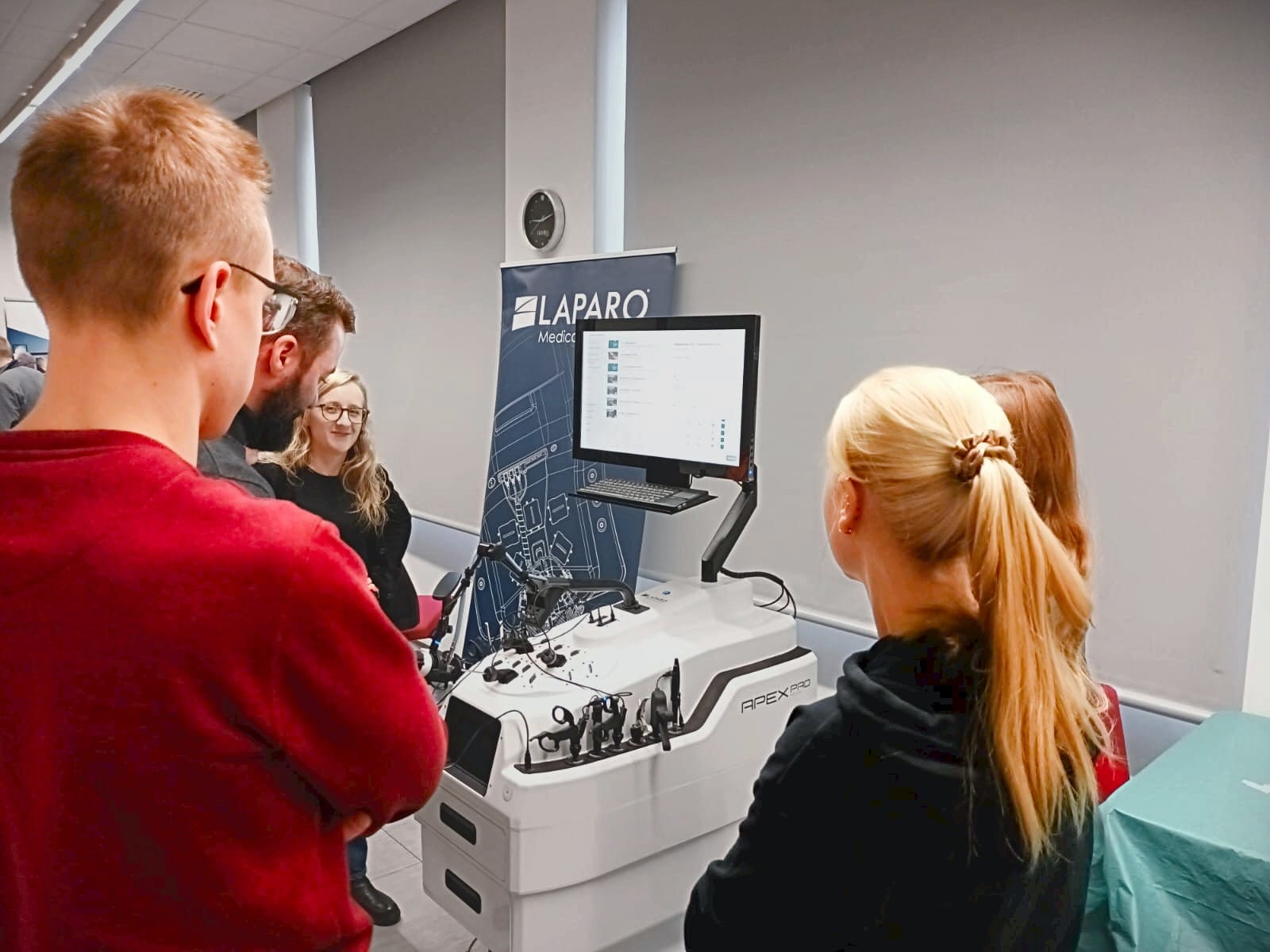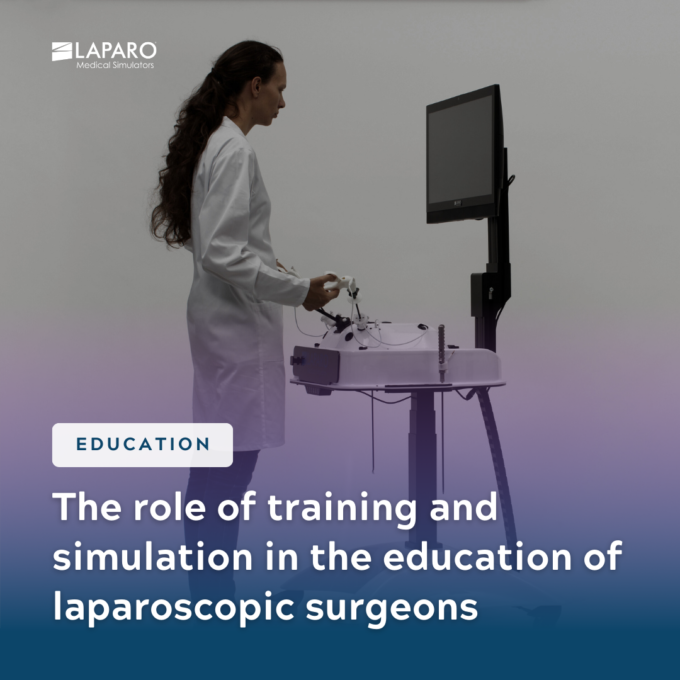Endometriosis without secrets: How and why to treat it laparoscopically
Endometriosis is a condition that affects up to one in ten women of reproductive age, impacting not only their health but also their quality of life, relationships, and family plans. Modern gynecology, however, offers increasingly effective methods of diagnosis and treatment – with laparoscopy playing a key role among them.

Behind this increasingly recognized disease lies the daily reality of pain and limitations for approximately 190 million women worldwide, that is, roughly 1 in 10 women of reproductive age. Endometriosis affects many areas of life: it can genuinely limit opportunities for professional development, hinder everyday functioning, reduce physical activity, and even interfere with plans to expand one’s family. By delving into the mechanisms of the disease and learning methods of its treatment, many patients’ quality of life can improve significantly.
Endometriosis in gynecology
Endometriosis is a chronic, estrogen-dependent disease in which ectopic endometrial tissue (uterine mucosa) is located outside the uterine cavity. These lesions are hormonally active, induce chronic inflammation, neuroangiogenesis, and adhesion formation, which clinically leads to pain (dysmenorrhea, dyspareunia, dyschezia, dysuria) as well as fertility impairment. In medical practice and in our course dedicated to laparoscopic treatment of endometriosis, you will encounter three “faces” of endometriosis. The first comprises lesions located on the peritoneum, appearing as small spots and microinfiltrations. The second is an ovarian cyst (endometrioma), also called a chocolate cyst due to the thick, brown fluid filling its cavity. The third, most advanced phenotype is deep endometriosis (DE), which includes lesions penetrating the pouch of Douglas, the uterine support ligaments, the small and large intestine, the urinary bladder, and areas around the ureters. This form “remodels” anatomy the most and often requires multidisciplinary care.
Treat conservatively or operate
Therapeutic decision-making should be preceded by a thorough history and a comprehensive clinical assessment, including disease staging. Hormonal therapy is usually first-line treatment, whereas laparoscopic intervention is considered when symptoms persist despite pharmacotherapy. Laparoscopic surgery is necessary, among other situations, in the following: symptomatic or enlarging ovarian endometriomas; acute complications (cyst rupture, adnexal torsion, hemorrhage) and deep endometriosis involving the bowel, bladder, or ureters. When qualifying a patient for surgery, one should balance potential benefits against the impact on ovarian reserve and remember to minimize the use of electrosurgical instruments during the procedure, especially in the vicinity of the ovary.
Scenarios you need to understand
Peritoneal endometriosis comprises small, disseminated lesions that should be removed, for example by excision, to achieve satisfactory therapeutic outcomes. The challenge lies in their variable color, size, and multiplicity. This demands not only a trained eye but also refined technical skills to identify and then safely and precisely excise all visible disease completely. In our course, you can test these skills on a hands-on physical module in which numerous scattered implants require excision with laparoscopic scissors.
Ovarian endometriotic cyst (endometrioma) is a manifestation of endometriosis that can reach truly large dimensions. In this scenario, you will practice three skills crucial for safely performing this procedure in a real operating room: incision, dissection (separating the cyst capsule from ovarian tissues), and suturing. The most demanding stage is dissection, where precision and tactile feedback are key. You will make your work easier by performing a precise longitudinal incision that facilitates capsule stripping. During this step, also ensure capsule integrity, this is important to limit the risk of spillage of its contents, which may promote the development of new lesions. The final stage is ovarian reconstruction, that is, placement of a continuous suture. Remember to maintain appropriate suture tension and secure the ends with a surgical knot.
Precision over power
Laparoscopic treatment of endometriosis is precision surgery: you succeed not through force but through excellent knowledge of anatomy, procedural planning, and precise movements. Each use of electrocoagulation within the ovary carries the potential loss of ovarian follicles, and each incomplete excision of lesions increases the risk of persistent pain and disease recurrence. Careful, deliberate surgical technique leads to a lower complication rate and superior clinical outcomes.
Author: Marcelina Dziuba

